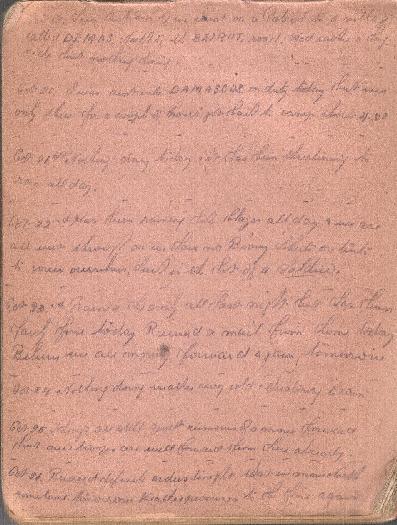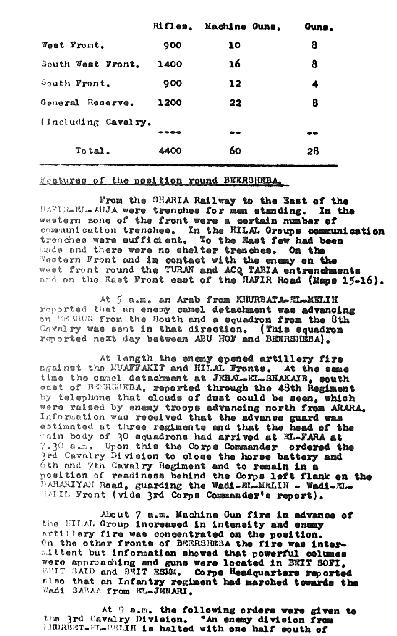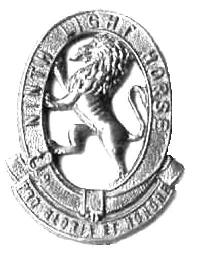Topic: Diary - Schramm
Diaries of AIF Servicemen
Bert Schramm
23 October 1918
Bert Schramm
2823 Private Herbert Leslie SCHRAMM, a 22 year old Farmer from Whites River, South Australia. He enlisted on 17 February 1916; and at the conclusion of the war Returned to Australia, 10 July 1919.
During part of the course of his military service with the AIF, Bert Schramm kept a diary of his life. Bert was not a man of letters so this diary was produced with great effort on his behalf. Bert made a promise to his sweetheart, Lucy Solley, that he would do so after he received the blank pocket notebook wherein these entries are found. As a Brigade Scout since September 1918, he took a lead part in the September Offensive by the Allied forces in Palestine. Bert's diary entries are placed alongside those of the 9th Light Horse Regiment to which he belonged and to the 3rd Light Horse Brigade to which the 9th LHR was attached. On this basis we can follow Bert in the context of his formation.
The Diaries
The complete diary is now available on the Australian Light Horse Studies Centre Site at:
Finding more about a service person. See:
Navigating the National Archives Service File
Bert Schramm's Handwritten Diary, 20 - 26 October 1918
[Click on page for a larger print version.]
Bert Schramm
Wednesday, October 23, 1918
Bert Schramm's Location - Kaukab
Bert Schramm's Diary - Rained all last night but has been fairly fine today. Received a mail from home today. Believe we are moving forward again tomorrow.
9th Light Horse Regiment War Diary
9th Light Horse Regiment Location - Kaukab
9th Light Horse Regiment War Diary - Usual routine.
Darley
Darley, TH, With the Ninth Light Horse in the Great War, Adelaide, Hassell Press, 1924.
No Entry
Previous: Bert Schramm's Diary, 22 October 1918
Next: Bert Schramm's Diary, 24 October 1918
Sources Used:
Bert Schramm's DiaryNational Archives Service File.
Embarkation Roll, AWM8.
Australian War Memorial Roll of Honour
Nominal Roll, AWM133, Nominal Roll of Australian Imperial Force who left Australia for service abroad, 1914-1918 War.
War Diaries and Letters
All War Diaries and letters cited on this site should be read in conjunction with the Australian Light Horse Studies Centre, War Diaries and Letters, Site Transcription Policy which may be accessed at:
Australian Light Horse Studies Centre, War Diaries and Letters, Site Transcription Policy
Further Reading:
9th Australian Light Horse Regiment, AIF
9th Australian Light Horse Regiment, War Diary, Day by Day Account
Battles where Australians fought, 1899-1920
Citation: Diaries of AIF Servicemen, Bert Schramm, 23 October 1918







